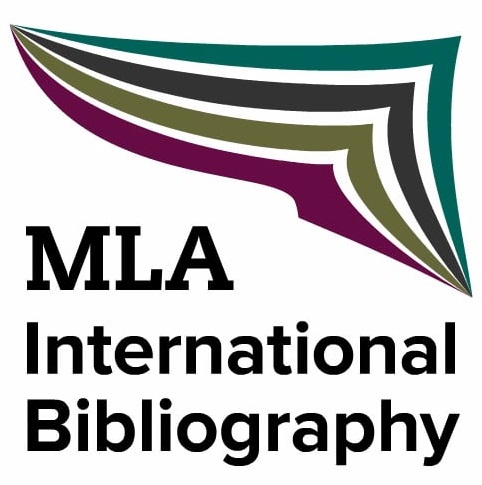Artaud’s Visual Language: Genealogies and Intricacies
DOI:
https://doi.org/10.13135/2281-6658/2319Keywords:
Figurative arts, Literature, Theater, Visual language, Contamination.Abstract
According to the most recent methods pertaining to “Visual Studies”, the text aims at analyzing the concept of “Visual language” elaborated by Artaud in some of his fundamental interventions gathered in The theatre and its double, that was subsequently reproposed during the whole of his opera. This concept not only puts him in a profound antagonistic role with the most common and diffused theatrical practice of the time, but it adventures him beyond a theater space intended in the most radical and experimental sense, instead, it draws him closer to the figurative arts through a twist of extremely original and problematic visual and verbal languages. The essay Artaud dedicated to Van Gogh a year before his death without doubt establishes the apex of this intellectual parable. It is about a path, through Artaud’s both direct and indirect mediation, whose ramification reaches out to the most significant artistic experiences of the second half of the Twentieth Century, as shown in a triptych by Francis Bacon inspired to a recurring character in a poem by Eliot.Downloads
Downloads
Published
Issue
Section
License
Authors keep the copyrights for their work and give the journal the work’s first publication copyright, which is at the same time licensed under a Creative Commons License – Attribution, which in turn allows other parties to share the work with an acknowledgement of the work's authorship and initial publication in this journal.
Content Licence

You are free to copy, distribute and transmit the work, and to adapt the work. You must attribute the work in the manner specified by the author or licensor (but not in any way that suggests that they endorse you or your use of the work).
Metadata licence

CoSMo published articles metadata are dedicated to the public domain by waiving all publisher's rights to the work worldwide under copyright law, including all related and neighboring rights, to the extent allowed by law.
You can copy, modify, distribute and perform the work, even for commercial purposes, all without asking permission.






